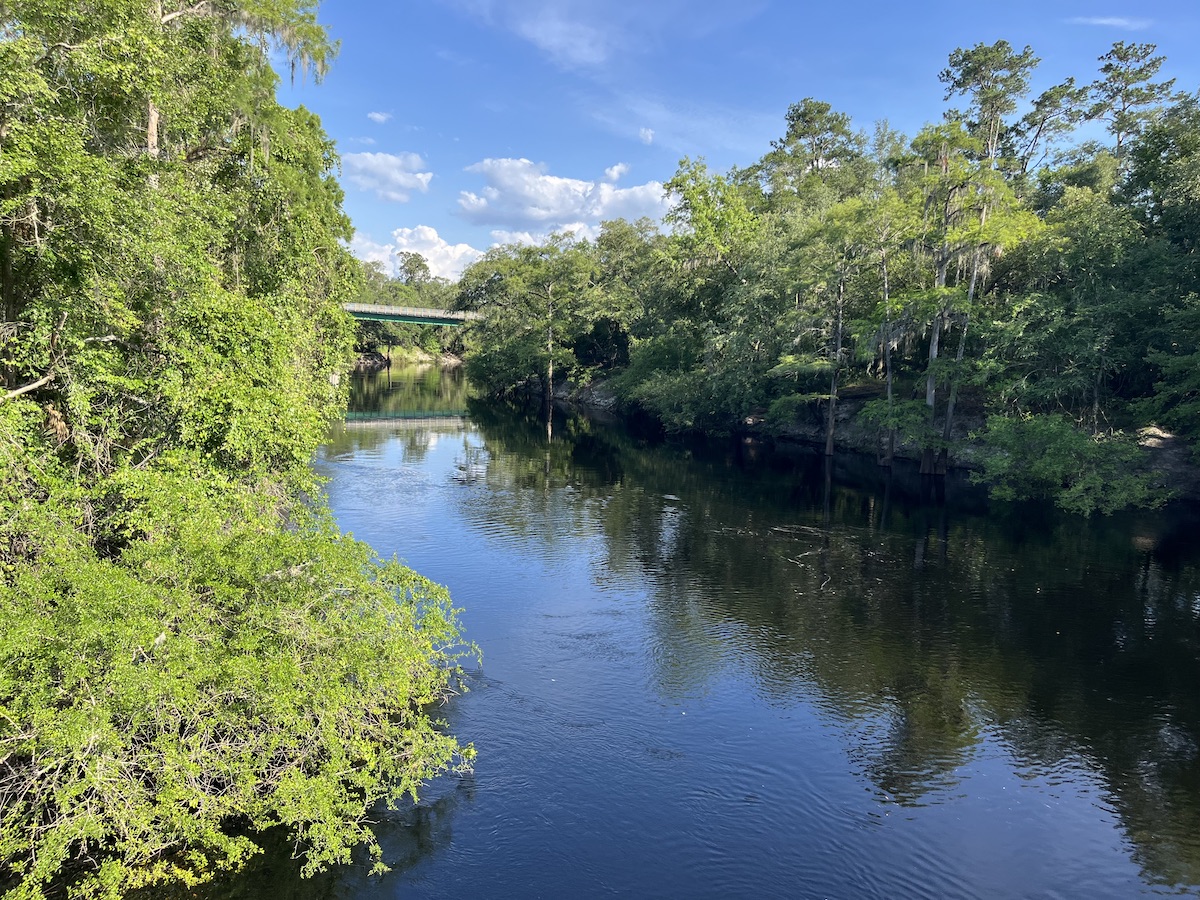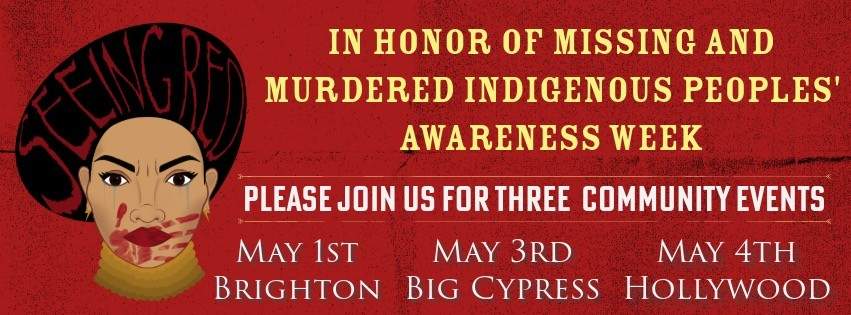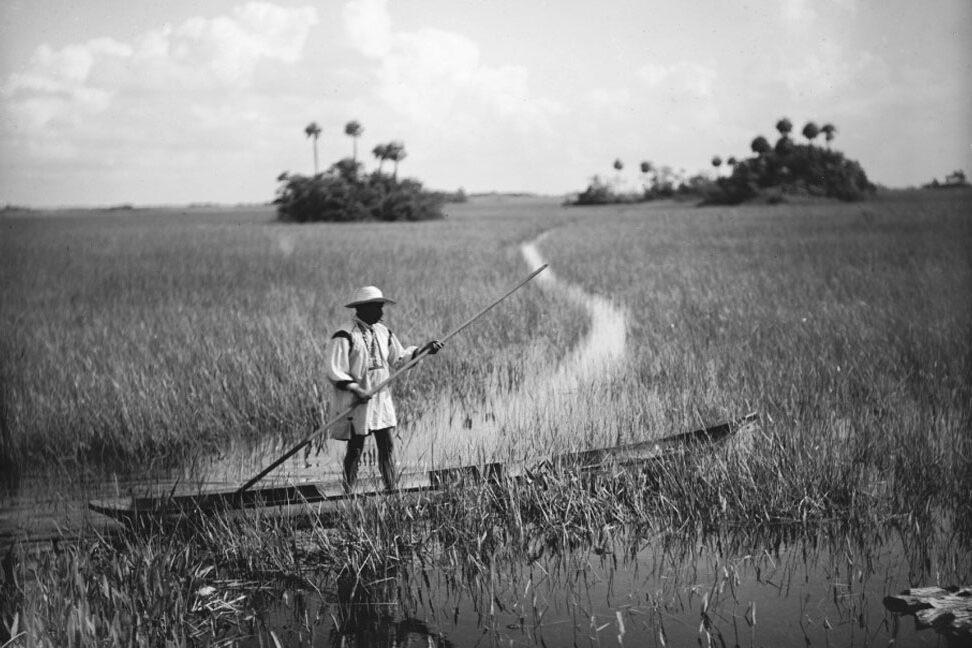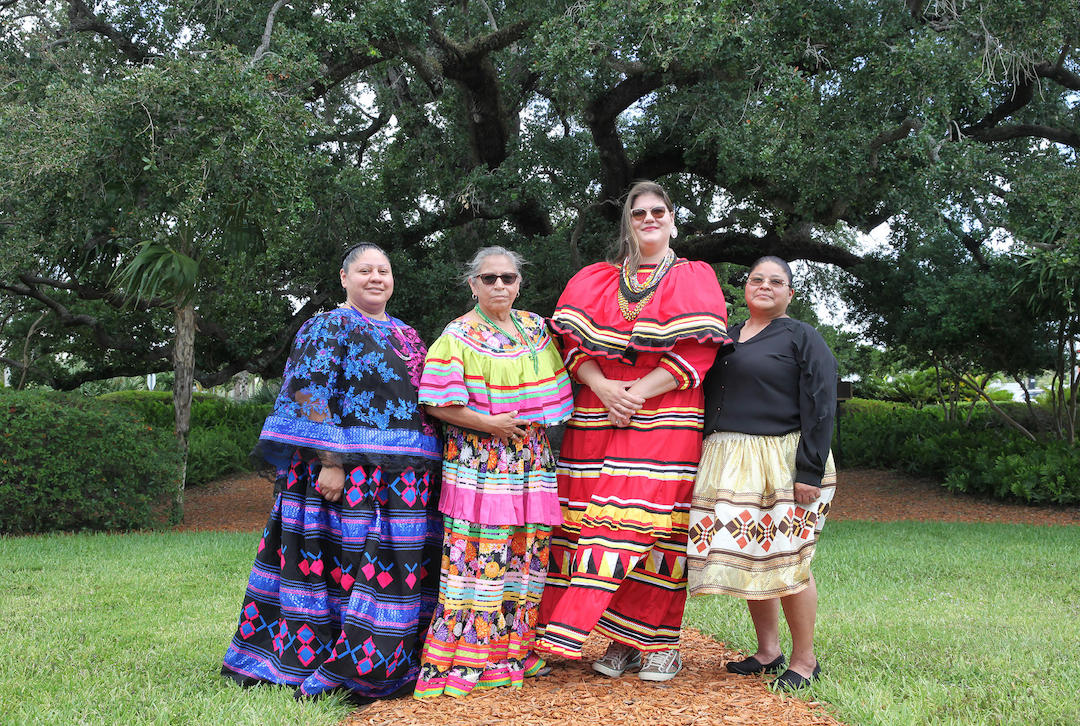Socialite turned Friend of the Seminole: Ethel Cutler Freeman
Dive into the impactful work of anthropologist Ethel Cutler Freeman, who worked with the Big Cypress community beginning in the 1940s.
Seminole Spaces: Rich Heritage And Beautiful Tradition In White Springs
This week, we're heading to White Springs, FL, just in time for the Florida Folk Festival, held May 24-26 at Stephen Foster Folk Culture Center State Park.
Top 5 Spectacular Off-Reservation Chickees to Visit This Summer
This week, we highlight the top 5 off-reservation chickees you and your family can visit this summer, and learn about Seminole history and culture!
Beautiful Indigenous Art at the Happiest Place on Earth
Be sure to stop by Epcot and its World Showcase American Heritage Gallery for a stunning exhibition of contemporary and historic Indigenous American art.
Missing and Murdered Indigenous Peoples Awareness Week
April 29th – May 5th is Missing and Murdered Indigenous Peoples Awareness Week, culminating in a National Day of Action on May 5th.
Snakes, Cinema, and Powerful Seminole Legacies at Silver Springs
Follow along to learn more about Seminoles at Silver Springs, as well as Osceola’s defiant stand that changed the trajectory of the Seminole Wars.
Dear Friend: The Spectacular Photos of W. Stanley Hanson
This week, we look at an utterly unique collection, gathered over the lifetime of W. Stanley Hanson Sr. and his family that documents the Seminole experience.
It’s Here! How To Celebrate Earth Day the Native Way
Although Earth Day is April 22nd each year, the Seminole Tribe of Florida is kicking off the festivities next week with two “Earth Day the Native Way!” events.
Seminole Spaces: The Secrets of the Water Highway
This week, we will talk about an entirely unique Seminole Space: the Water Highway. Seminole ancestors built a network of trails throughout the Everglades.
A Better Tomorrow: Today’s Trailblazing Seminole Women Build the Future
To end our Seminole Women’s History Month feature, Florida Seminole Tourism would like to take the opportunity to highlight a few contemporary Seminole women affecting change.











